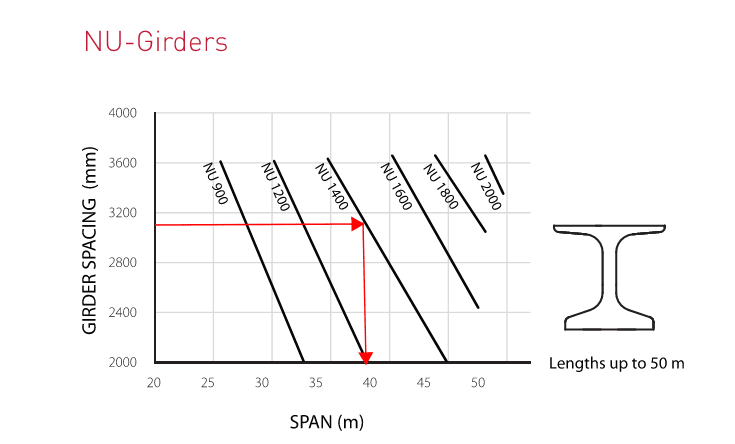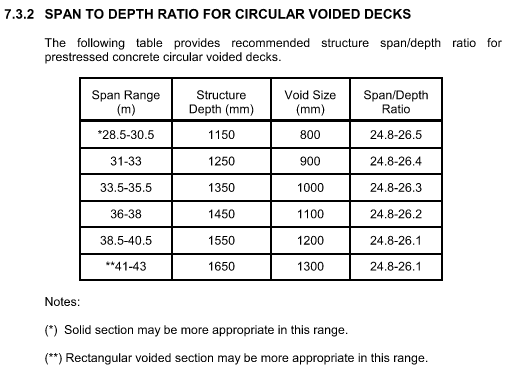tmalik3156
Structural
Good day.
I was told to look into a conceptual design of a simply supported flat slab bridge.
That is, a bridge consisted of normally reinforced slab only, and no girders.
It can not be a portal type frame, it must be simply supported. It can not be prestressed / post tensioned.
The span is 20.3 m (66.6 feet).
How do I estimate a thickness of this slab? Is span divided by 20 a reasonable assumption? But that will be a huge thickness. On the other hand, a smaller thickness will give unacceptable deflection at the mid-span.
I have never worked on a girder-less bridge before. So any suggestion will be helpful.
Thank you
I was told to look into a conceptual design of a simply supported flat slab bridge.
That is, a bridge consisted of normally reinforced slab only, and no girders.
It can not be a portal type frame, it must be simply supported. It can not be prestressed / post tensioned.
The span is 20.3 m (66.6 feet).
How do I estimate a thickness of this slab? Is span divided by 20 a reasonable assumption? But that will be a huge thickness. On the other hand, a smaller thickness will give unacceptable deflection at the mid-span.
I have never worked on a girder-less bridge before. So any suggestion will be helpful.
Thank you


